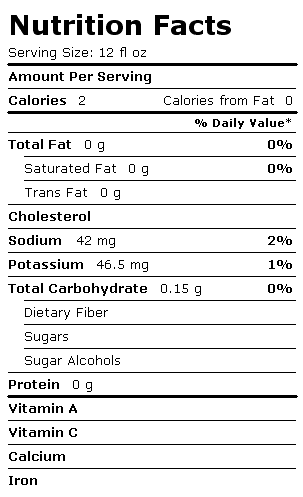Coke Zero is a diet soda which contains no sugar or calories, and it was advertised to be “a taste of life as it should be”compared to regular Coca-Cola. This makes Coke Zero popular among people who are concerned about their weight.
But is the sugar-free and calorie-free Coke Zero really as healthy as the image it showed when it was launched to provide a healthier soda for people?
Please watch this video:
Aspartame – Sweet Misery, A Poisoned World
(https://www.youtube.com/watch?feature=player_embedded&v=-n-gA0wvi84#!)
Aspartame, also known as NutraSweet, is a sugar substitute found in Coke Zero. However, research reveals that aspartame accounts for over 75 percent of the adverse reactions to food additives reported to the FDA. Many of these reactions are very serious including seizures and death.
See article: http://articles.mercola.com/sites/articles/archive/2011/11/06/aspartame-most-dangerous-substance-added-to-food.aspx
(http://quitehealthy.com/nutrition-facts/coke/SD1181.html)
As we can notice, although Coke Zero does not contain any sugar or fat which brands it as much “healthier”, it actually provides almost no nutritional benefits. It does not contain any protein, vitamin C, vitamin A, fiber, calcium or iron. It is a dangerous action for many young people nowadays to substitute Coke Zero for milk and water.
Coca Cola is doing a great job in marketing Coke Zero as a diet soda which shows great concerns about customers’ health. But is it really helping consumers to improve healthy life, or is it just a gimmick for Coca Cola to attract a new segment and increase its market share to achieve a higher profit? This is a marketing ethics issue we should consider about. As a matter of fact, there are worldwide campaigns to “Stop Killer Coke”. To be a wise consumer, we may want to think about the fancy commercials before we trust them.


